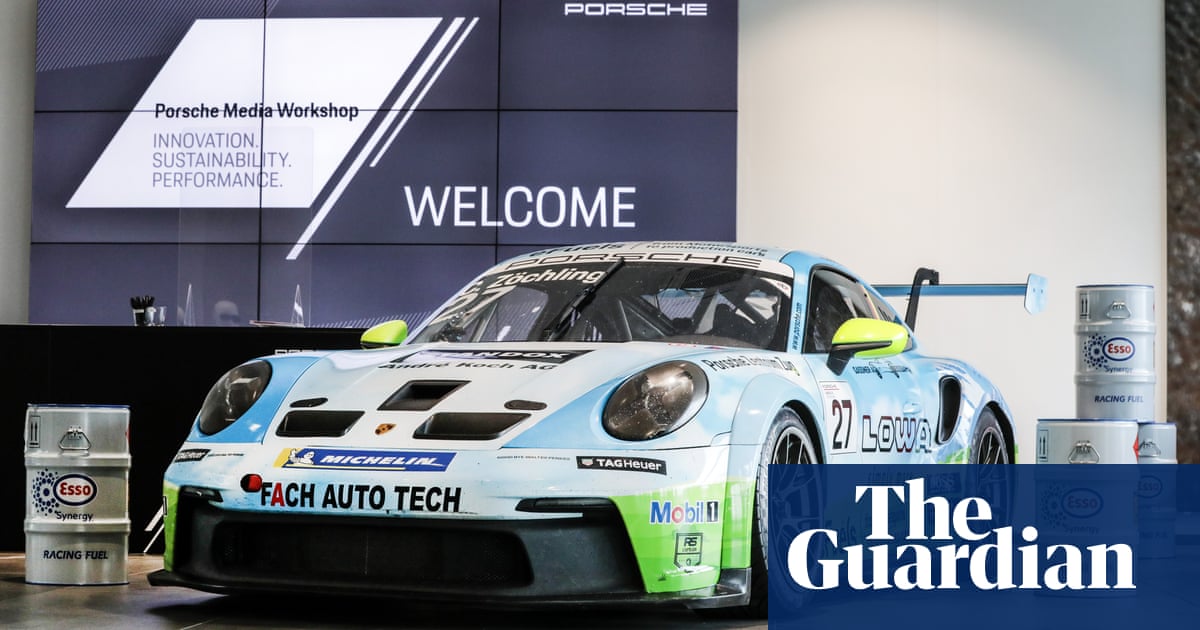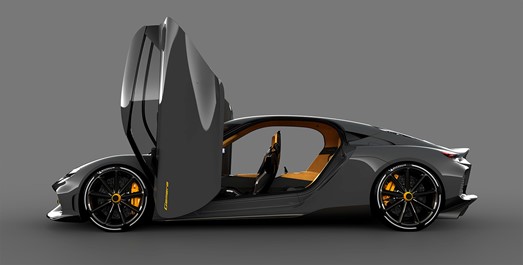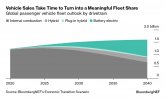Just in case you haven't seen the Koenigsegg Free Valve ICE engine, I'll post it here:
 Apply now
Apply now
Koenigsegg's Tiny-Friendly-Giant (TFG): How Freevalve is re-Shaping the Industry's Perception of Internal Combustion Engines
Abdu Elmagdoub blogs about his research experience with Koenigsegg so far, and how this research is re-shaping the industry's perception of internal combustion.
April 22 2022
Author: Abdu Elmagdoub
To be a researcher in propulsion technologies at the brink of an ever-approaching environmental disaster comes with a heavy responsibility. It is clear that there is vast disagreement amongst OEMs as to what concludes a truly clean future. The one thing we can agree on is that we need to limit, and eventually discontinue, our consumption of earth’s non-renewable resources and rare earth elements by sustaining our ways of living to leave a healthy planet for the generations to follow. Some OEMs have adopted the Battery Electric Vehicle approach, however, constraints such as costs, supply constraints, infrastructure, and associated manufacturing emissions, are hindering their mass uptake. Therefore, it becomes of sound reason to embrace eclecticism by means of a multiple technology approach to meet current and future legislative emissions targets.
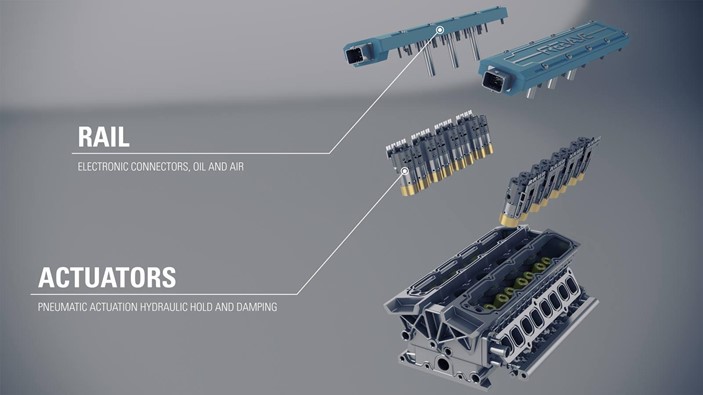
It is for this reason that I chose to pursue a PhD with my current industry partner, Koenigsegg’s Freevalve AB to develop new advanced control strategies for the all-new Tiny-Friendly-Giant (TFG) engine. Integrating Freevalve’s Fully Variable Valve Train (FVVT) technology, the twin-turbocharged engine is living proof of truly sustainable, renewable fuel focused, chemical energy converters. Outputting a total of 600 bhp from a 2-litre capacity, it is by example the most power dense engine ever to exist. Through the ability to control its valve independently, allowing mode specific lifts/durations/timings/de-activation, the engine is continuously operating at increased efficiency and potential zero emissions capability (depending on type of fuel used).
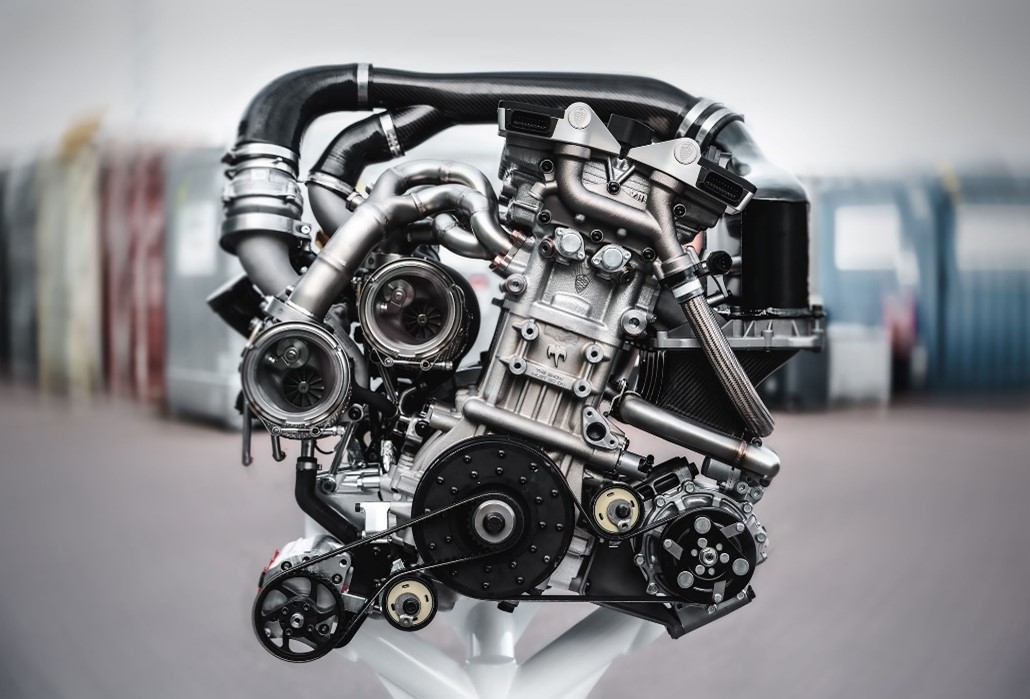
Koenigsegg’s interim plans are to include this engine in their world’s first hybrid 4-seater Mega Grand Tourer, Koenigsegg Gemera. Thanks to the TFG and its tri-electric motor configuration, the vehicle is estimated to deliver a total of 1,700 bhp of power and 3,500 Nm of torque to achieve 0-100 kph in under 2 seconds (new era Formula 1 cars 0-100 kph time is 2.6 seconds) and a top speed of 402 kph (250 mph). Considering the car weighs 1850 kg, seats 4 people, and has got a combined driving range of 1000 kms, those numbers are mighty impressive!
As part of our ongoing collaboration with Koenigsegg and Freevalve, I’ve relocated to Ängelholm. I had the honour of attending one of the first official shakedowns of the first test car (TC1), which was recorded and later published on Koenigsegg’s YouTube channel and throughout social media. Seeing and hearing the engine fire up with never seen before, industry-shaping, technology is a truly amazing experience that I will forever cherish. As I hope to make a small contribution to help pave the way for sustainable mobility and a cleaner future for forthcoming generations, I am excited to bring what I have learned through my years at undergraduate and postgraduate level universities to the practical world through my PhD in Artificial Intelligence with the University of Bath, AAPS, Freevalve, and Koenigsegg.


